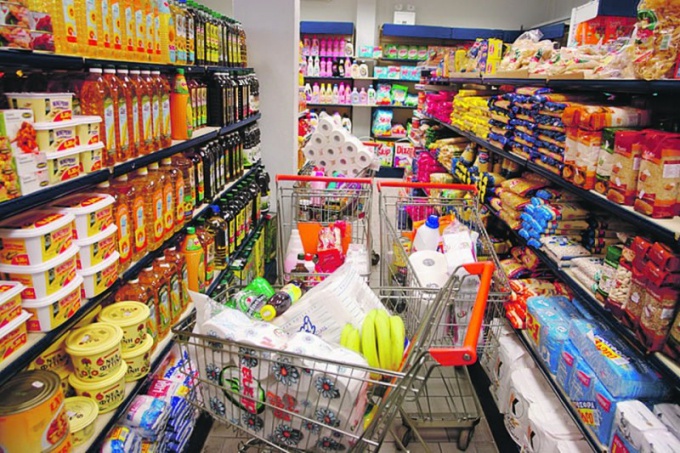Goods-substitutes and goods-complements
Substitute products perform equivalent functions and are aimed at meeting the same needs. Examples of such goods - tangerines and oranges, tea and coffee etc. To the number of substitute products and production resources are coal and gas, metal and plastic.
The demand curve depends on price of goods - so the price increase for one commodity entails a rise in demand for its substitute goods. For example, the drop in tea prices could lead to a reduction in the consumption of coffee and Vice versa. Interchangeability can be the perfect (absolute) and relative (for example, sour cream and mayonnaise, chicken and beef). Thus, between the demand for and price of substitute products there is a direct correlation.
If no of substitutes, and the manufacturer is the only one in the industry is a natural monopoly. The presence of substitutes on the market inevitably entails an increase in competition, limits the profits of market participants and causes them to restrain prices.
The attractiveness and profitability of the industry reduced in the case of competition with the products of substitute products or there are risks of their occurrence.
The goods-substitutes should be distinguished from the goods-complements (complementary goods). Are complementary products that can meet the needs of buyers only in combination with other. For example, a computer and software, car and petrol, washing machine and powder, tooth brush and paste. Distinguish between absolute complementarity (skis and poles) and relative (coffee and sugar). For complementary goods, the relationship between demand and price is inverse. In this case, the increase in the price of one commodity decreases the demand for both goods. There are examples of successful business based on the production of goods-complements. For example, the growth of sales of the iPhone led to the emergence of a developed industry of accessories for it (holsters, etc).
The distinctive features of substitute products
Today, almost every good has its own product-a substitute. As a rule, buyers are choosing between goods that are substitutes, based on the number of parameters.
Indicators of market demand depends on the cost of goods, income of buyers, prices for the goods-substitutes and goods-complements.
The goods can be considered as a substitute if he is able to effectively meet the same needs. For example, mineral water and tea though technically designed to meet one need - the removal of thirst, but to consider them as substitutes is not correct. Mineral water - ready to eat product, while the tea needs to brew, it is rather refreshing and invigorating drink.
Another important criterion for the selection of substitute products is their accessibility or proximity to customers and ease of shopping.
The cost of substitute products should be comparable. It is unlikely that the buyer will opt for the substitute if the cost is much higher, thus, it has no additional benefits.
Finally, it is quality. When the way to meet the needs when using the product, a substitute does not meet the acceptable level for a buyer, probably it will be rejected.
